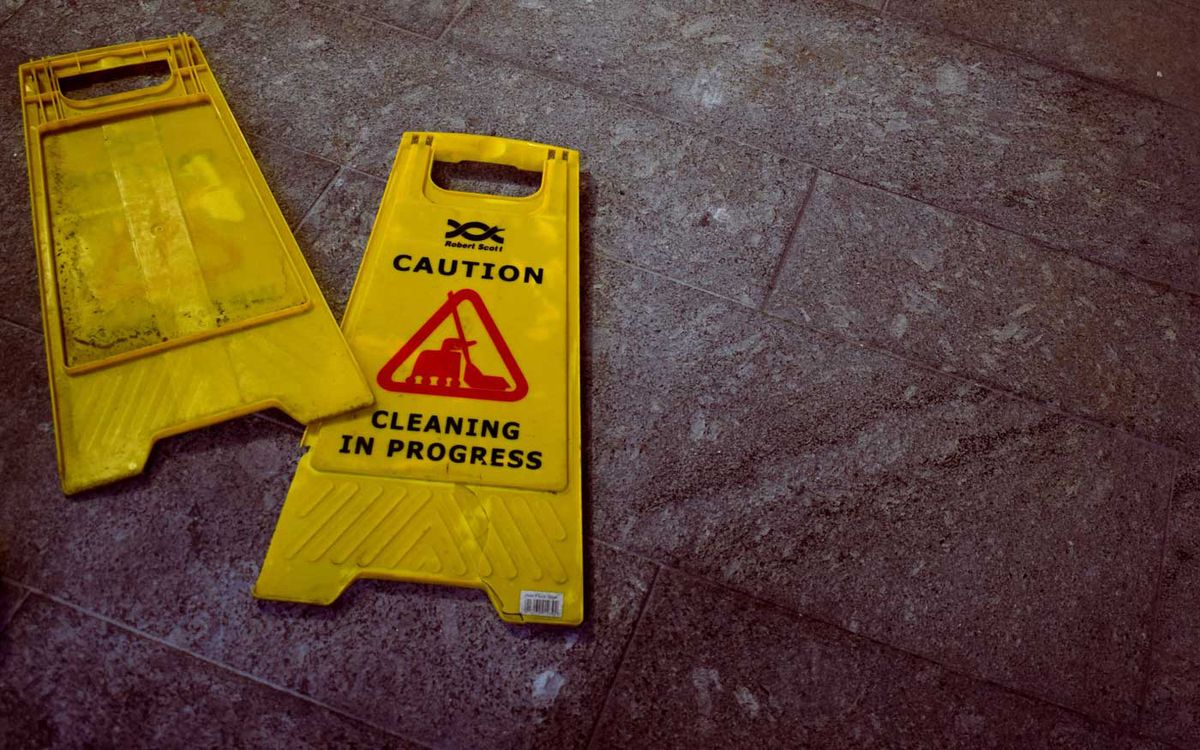The art market is the last significant unregulated market in the UK and the US, subject to only the most rudimentary oversight. Its relatively modest size, and the view held by regulators and legislators (that it is a place for consenting adults to indulge in irrational private acts) have meant that only the most flagrant restrictive practices, involving the abuse of innocent third parties—such as the Christie’s-Sotheby’s commission-fixing scam of the 1990s—stimulate efforts at criminal prosecution.
However, both the primary markets (dealers representing artists) and secondary markets (dealers and auction-house re-selling work already out of the hands of the artist) have grown in complexity and size; and in the number of players. There are also many new entrants into the market, whose sophistication and understanding of the market cannot be taken for granted. Prices continue to rise and the volume of sales, particularly in new markets in the Middle and Far East, continue to break records. In contemporary art, in particular, there is also now a range of consultants and publications devoted to developing and stimulating the market. If the pattern of other markets is anything to go by, this will lead to increasing interest in the market’s eccentricities on the part of regulators wishing to protect innocents and, as a forestalling measure, increasing emphasis by the art market on the merits of self-regulation.
There is clearly much to be done by those wishing to develop a better framework for self-regulation. The same players can currently fulfil multiple roles—auctioneer, dealer, and collector for example—that, in other markets, would be deemed to involve unacceptable conflicts of interest. The constraints on resale placed on works sold in the primary market often involve a form of moral coercion. The distribution of information that directly affects market-value—for example, the volume of work by an artist available—is highly uneven. The release of this information is controlled in a way that systematically privileges the seller rather than the buyer.
The constraints on resale placed on works sold in the primary market often involve a form of moral coercion
Museums play a complex and ambivalent role in the ecology of this market. The curatorial community is outraged when it suspects that the imprimatur of a museum is being used to increase the market value of works in private ownership that it has borrowed, displayed and catalogued. The most recent example, is the report of the withdrawal of The Doomsday, a work by Huang Yong Ping from a retrospective of his work at the Walker Art Museum in Minneapolis, before it went on tour, and its sale at an auction four months later, where it went for $168,000, some two or three times the estimated price. The most notorious example is “Sensation”, the exhibition of Charles Saatchi’s collection at the Royal Academy of Art in London in 1997 and the Brooklyn Museum, New York, in 1999, and the subsequent sale of much of what was displayed. Many curators nevertheless spend considerable time advising collectors on acquisitions and many collectors’ decisions on their own acquisitions (and their donations of related works) are informed by what they learn about who’s hot and who’s not in their capacity as museum board members.
Many curators spend considerable time advising collectors on acquisitions and many collectors’ decisions on their own acquisitions (and their donations of related works) are informed by what they learn about who’s hot and who’s not in their capacity as museum board members
Recent books like Adam Lindemann’s Collecting Contemporary (Taschen, 2006) and The Art Newspaper’s diarist Louisa Buck’s Owning Art: The Contemporary Art Collector’s Handbook (Cultureshock Media, 2006, co-written with Judith Greer) are bristling with observations about—and unselfconscious quotations from—dealers, collectors, auctioneers and curators concerning what an uncharitable observer would call the manipulation of the market. The techniques described would constitute grounds for investigation in more tightly regulated markets. But in the Wild West context of the art market, they constitute no more than a prurient glimpse at the backstage mechanics of the show.
Outrage, moral indignation and a desire for tighter regulation may however be the wrong reaction to the shortcomings of the contemporary art market, and the regulators may be right to want to steer clear of the whole convoluted problem. The perspective of sociologists like Bourdieu and Baudrillard is probably accurate: it is the “insider” aspect of the contemporary art market, and hierarchy of knowledge and status that it creates, that constitute a significant element of the attraction of the market. The characteristics of the market-place (the fairs, studio visits and openings, the arcane rituals of the scene) as much as what is traded in that market place (ie, the works of art themselves) is what attracts participants. The works of art are a means to enter the marketplace as much as the marketplace is a means to acquire the works of art.
The conundrum at the centre of the contemporary art market is therefore that the very attributes on which its attractiveness are based would, in most other markets, be regarded as reasons to steer clear. The size, visibility and imperfections of the contemporary art market are inevitably inviting the regulatory attention but, in all likelihood, to clean it up would be to kill it—or at least to deal its vitality and theatrical modus operandi a severe blow.
• The writer is a director of AEA Consulting (www.aeaconsulting.com) and a regular contributor to The Art Newspaper


